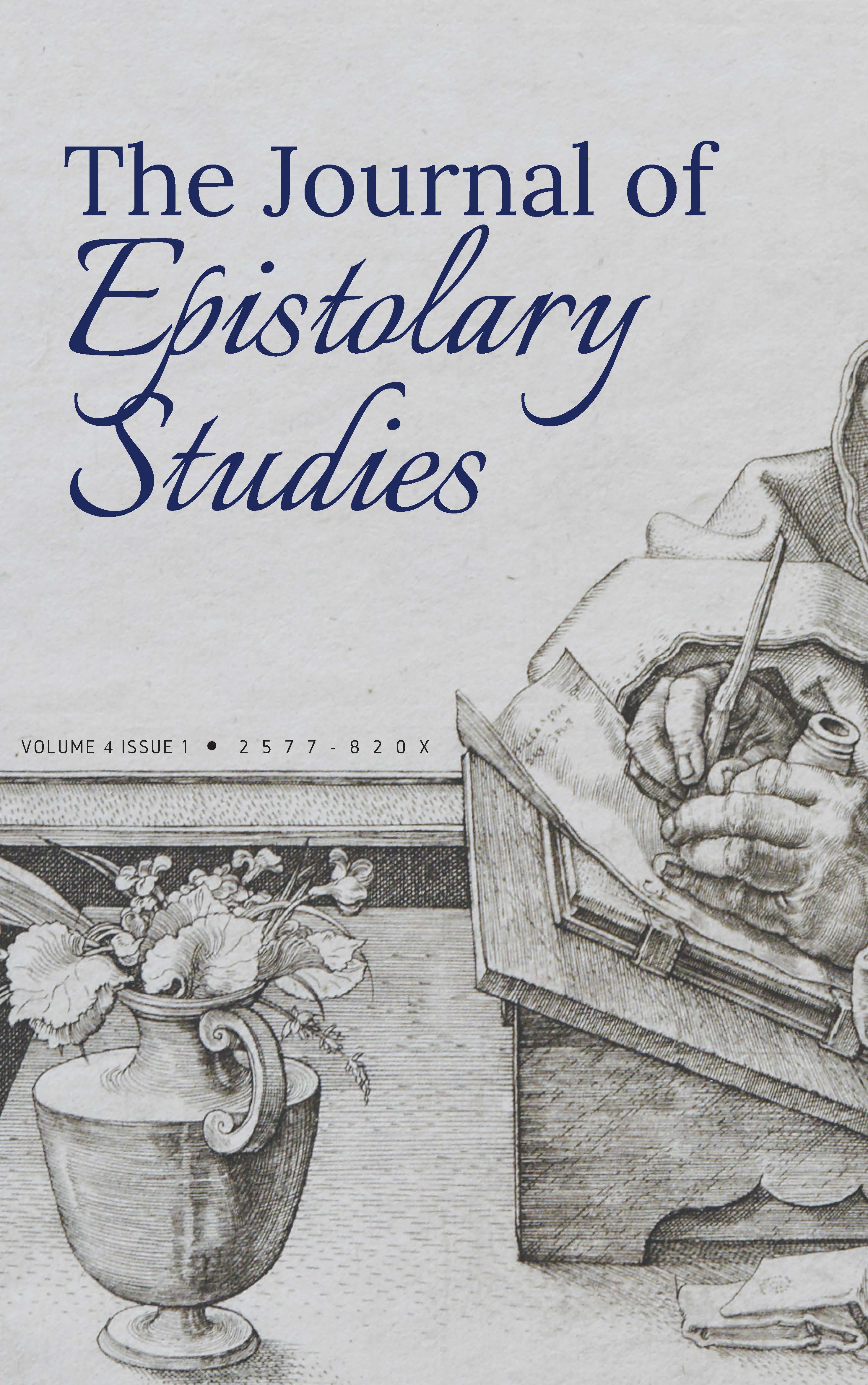Two Millennia of Epistolary Editing, or Cicero’s The Letters to Atticus as 426 Decisions
Abstract
Marcus Tullius Cicero’s The Letters to Atticus remains among the earliest and least understood of surviving ancient epistolary collections. First attested in the public realm 100 years after Cicero’s death, the editor’s identity remains unknown, as well as this person’s aim in creating the collection. If these 426 letters represent a fraction of those Cicero wrote to his friend, on what basis they were chosen? Was it to provide background on the civil war, capture Republican political life for imperial readers, or offer an epistolary biographical portrait of a prominent senator? It is possible to get closer to the thinking behind the editor’s choices by examining how editors approached this task in other time periods. Before his death, Samuel Beckett expressed the wish to publish letters bearing on his work. The preface to The Letters of Samuel Beckett 1929–1940 details the steps undertaken by the editors, specifically the formulation of questions used in the selection process. This paper proposes to apply these questions written in the twentieth century to a sixteen-book edition of letters edited in antiquity. An analysis of book one brings to the fore relationships that challenge the popular view of this senator’s edited letters as primarily political.
Published
Issue
Section
License
Copyright (c) 2025 Copyright (c) 2025 Linda McGuire

This work is licensed under a Creative Commons Attribution-NonCommercial-NoDerivatives 4.0 International License.
